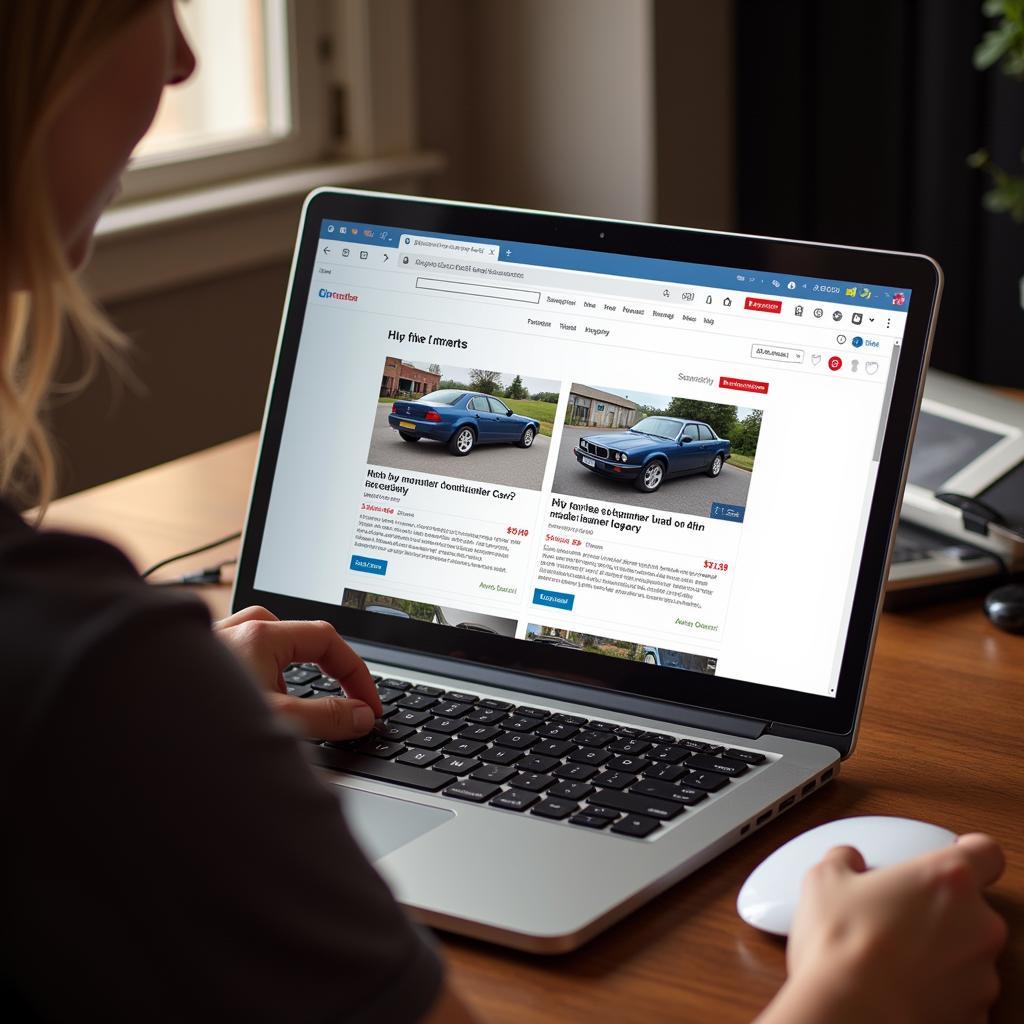Sticky plastic surfaces inside your car can be a real nuisance. Not only do they feel unpleasant, but they can also detract from the overall appearance of your vehicle’s interior. This article will guide you through effective methods to clean and restore that sticky plastic, making your car interior feel new again.
Similar to fixing car button, dealing with sticky plastic requires a systematic approach. Several factors can cause plastic to become sticky, including exposure to sunlight, heat, and certain chemicals found in cleaning products or air fresheners. Over time, these elements can break down the plasticizers within the plastic, leading to that annoying sticky residue.
Identifying the Source of Stickiness
Before you start cleaning, it’s essential to identify what’s making your car’s plastic sticky. Is it a spilled sugary drink, sunscreen residue, or simply the degradation of the plastic itself? Knowing the cause can help you choose the most effective cleaning solution. Sometimes, the stickiness might be due to a protective coating applied during manufacturing that has deteriorated.
What are the common causes of sticky plastic? Spilled drinks, sunscreen residue, and the degradation of the plastic itself are the primary culprits. Knowing the source will inform your cleaning strategy.
Effective Cleaning Methods for Sticky Car Plastic
Several cleaning solutions can effectively tackle sticky plastic. A simple solution of warm water and mild dish soap is often a good starting point. Apply this with a soft microfiber cloth, gently wiping the affected area. Avoid abrasive cleaners or scrub brushes, as these can scratch the plastic.
For more stubborn stickiness, consider using a dedicated interior cleaner designed for automotive plastics. These cleaners often contain specialized ingredients that can break down the sticky residue without damaging the plastic.
Isopropyl alcohol (rubbing alcohol) diluted with water can also be an effective solution. However, test it on a small, inconspicuous area first to ensure it doesn’t damage or discolor the plastic.
Another option is to use a magic eraser. These melamine foam sponges can be surprisingly effective at removing sticky residue and grime. Dampen the magic eraser slightly and gently rub the sticky plastic. Be mindful not to rub too hard, as this can dull the plastic’s finish.
Preventing Sticky Plastic in the Future
Once you’ve cleaned your car’s sticky plastic, you’ll want to keep it from happening again. Regularly cleaning your car’s interior with a mild cleaner can help prevent the buildup of sticky residue. Avoid using harsh chemicals or abrasive cleaners.
Protecting your car’s interior from direct sunlight and excessive heat can also help preserve the plastic. Consider using a sunshade or parking in shaded areas whenever possible. This is similar to protecting a cybex juno fix car seat from the sun’s harmful rays.
Additionally, be cautious about what you bring into your car. Avoid leaving sugary drinks, sunscreen bottles, and other potentially sticky substances in your car for extended periods.
Restoring Faded and Dull Plastic
Sometimes, sticky plastic can leave behind a faded or dull appearance even after cleaning. In such cases, you might consider using a plastic restorer or conditioner. These products can help revitalize the plastic’s appearance, restoring its original shine and color. Just like when you’re fixing car bumper with tape, a meticulous approach is necessary for a successful outcome.
What can I use to restore faded plastic? A plastic restorer or conditioner can help revitalize the appearance of faded or dull plastic surfaces.
Deep Cleaning for Extreme Cases
If the stickiness is pervasive and resistant to other cleaning methods, you may need to resort to a more intensive cleaning approach. This could involve using a stronger cleaning solution, such as a degreaser, or even lightly sanding the affected area with very fine-grit sandpaper. However, these methods require caution, as they can potentially damage the plastic if not done correctly. This process can be likened to the intricate task of how to fix car seat in rav4. Always test in an inconspicuous area first.
“Dealing with sticky plastic requires patience and the right approach,” says renowned automotive detailer, Michael Davis. “Start with gentle cleaning methods and escalate only if necessary. Prevention is always the best strategy.”
Remember, it is similar to how to fix overspray on car, patience and attention to detail are key to achieving the desired results.
In conclusion, fixing sticky plastic in your car is achievable with the right approach. By identifying the cause, choosing the appropriate cleaning method, and taking preventative measures, you can maintain a clean and comfortable car interior. For further assistance or specialized services, contact AutoTipPro at +1 (641) 206-8880 or visit our office at 500 N St Mary’s St, San Antonio, TX 78205, United States. We’re always ready to help you keep your car in top condition.






Leave a Reply